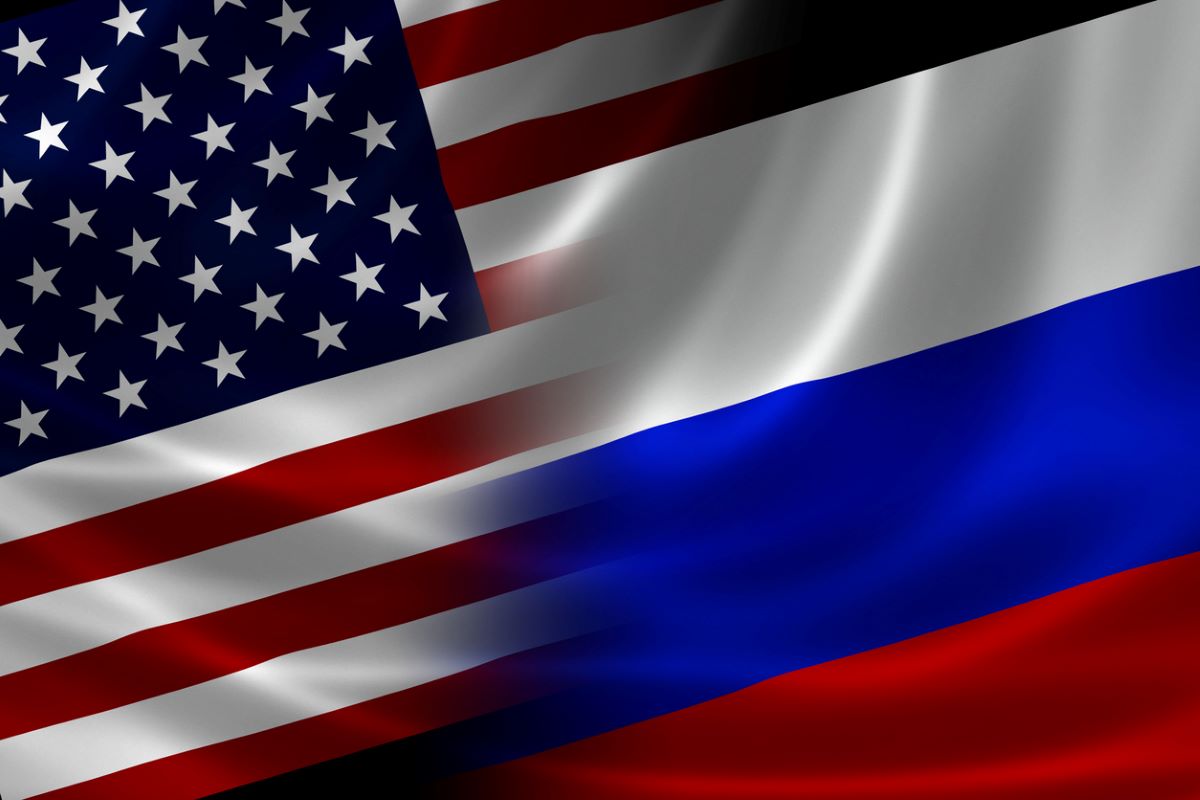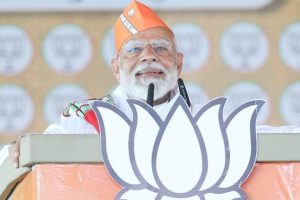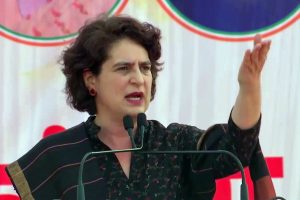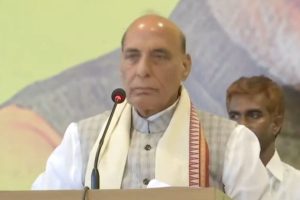As tensions between the United States of America and Russia escalate in the former Soviet satellite of Ukraine, it is profoundly significant that the US Secretary of State, Antony Blinken, will visit Ukraine this week to meet the country’s President, Volodymyr Zelenskyy.
The current tensions centre around a possible Russian invasion of its neighbour, several years after the annexation of Crimea. Blinken’s visit has been rather hastily arranged, primarily to demonstrate America’s support in the aftermath of inconclusive diplomatic talks between Moscow and the Western powers in Europe last week.
The talks had failed to resolve the fundamental disagreements over Ukraine and other issues related to geostrategic security. Mr Blinken’s itinerary also includes Berlin, where he will meet his German, British and French counterparts to discuss a possible response to any military action by Russia. Indeed, the Secretary of State’s tour programme, so to speak, is part of the diplomatic efforts to “deescalate” tensions caused by the Kremlin’s military build-up on the border with Ukraine. He is scheduled to meet Zelenskyy and the Ukranian foreign minister to “reinforce the US commitment” to the country’s sovereignty and territorial integrity.
“The trip follows extensive diplomacy with our European allies and partners about a united approach to address the threat that Russia poses to Ukraine and our joint efforts to encourage it to choose diplomacy and deescalation in the interest of security and stability,” is the core of the State department’s statement. On Monday, Russia’s top diplomat rejected the US allegation that it was preparing a pretext to invade Ukraine. Russia’s foreign minister, Sergei Lavrov, binned the US claim as “total disinformation”.
The war of words precedes the clash of shields. At another remove, Russia is sending troops from the country’s far east to Belarus for major war games. This deployment will further beef up Russian military assets in the vicinity of Ukraine in parallel to Western fears of an invasion. The drills are intended to practice a joint response to external threats by the alliance of Russia and Belarus; the two countries have close political, economic and military ties. The number of troops and weapons to be redeployed for the exercises remains an unknown quantity.
Ukranian officials have warned that Russia could launch an attack from various directions, notably the territory of its ally, Belarus. Though details are under wraps, the deployment will dramatically bolster an estimated 100,000 troops with tanks and other heavy weapons, now amassed near Ukraine. This, the West fears, could be the “prelude to an invasion”. While denying any design to attack its former Soviet neighbour, Russia has demanded guarantees from the West, specifically that Nato will not expand its tentacles to Ukraine or other former Soviet nations, or even station its troops and weapons there. The cauldron simmers.











